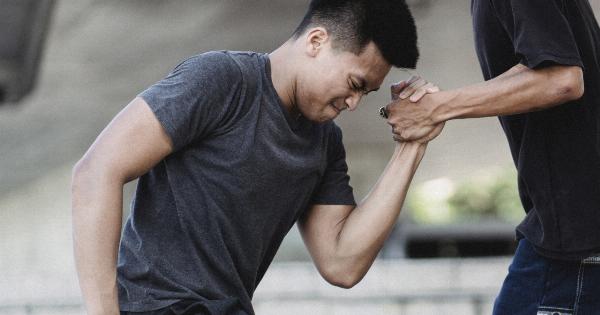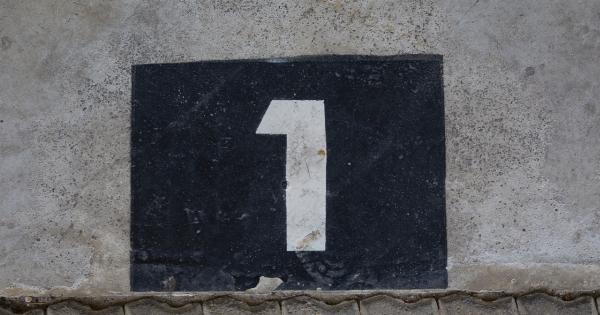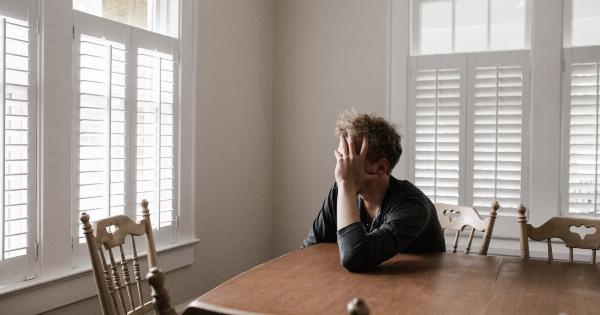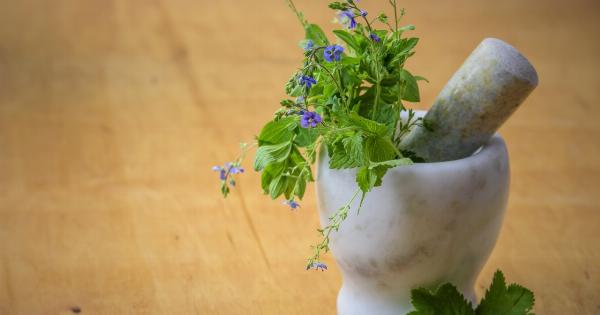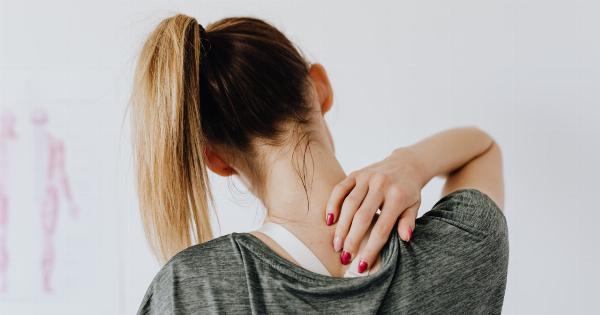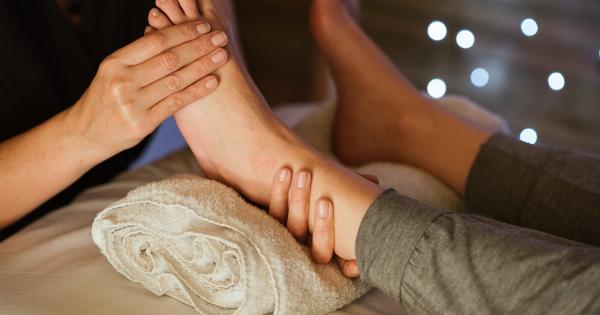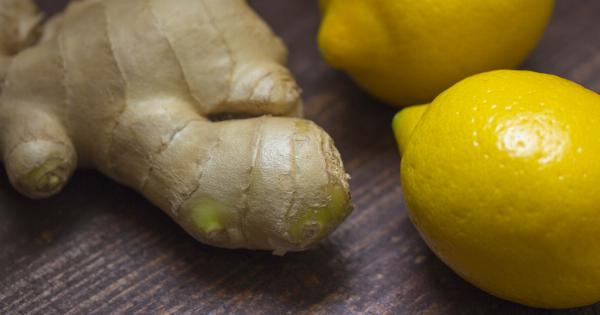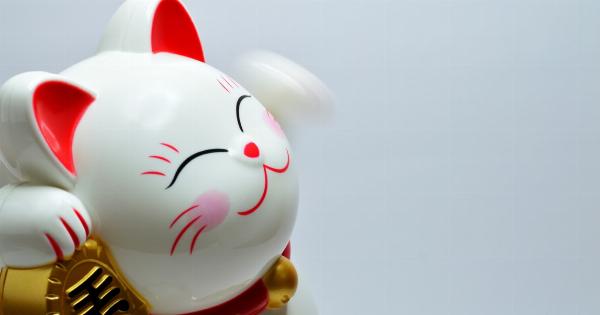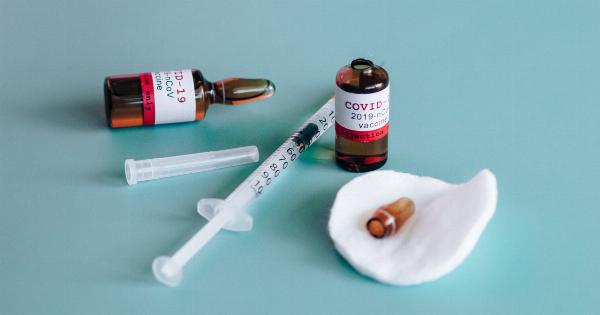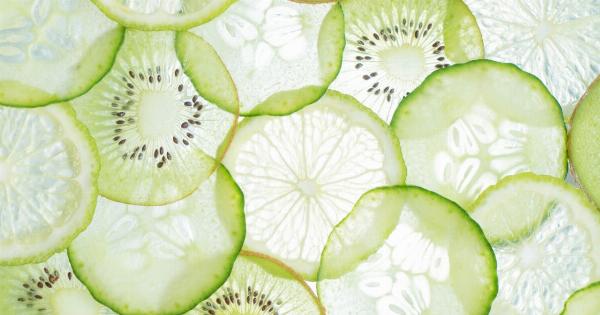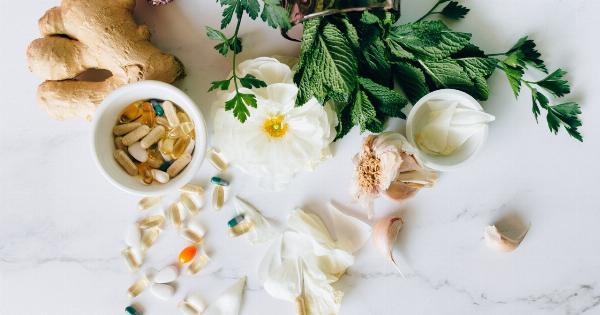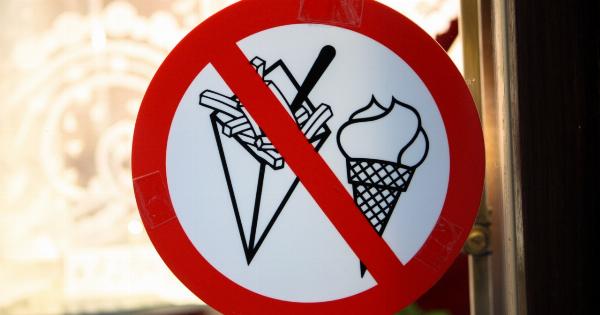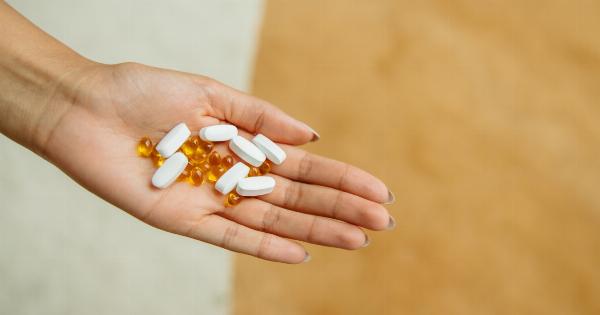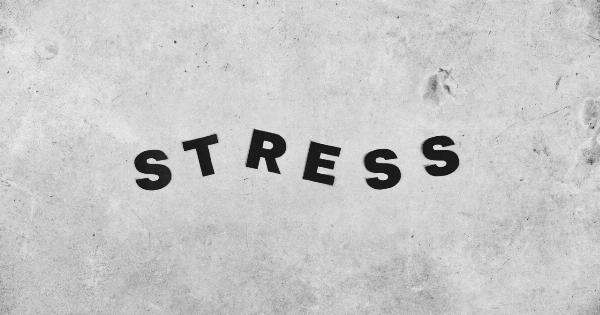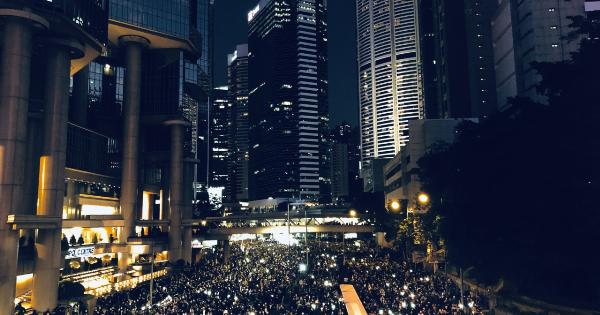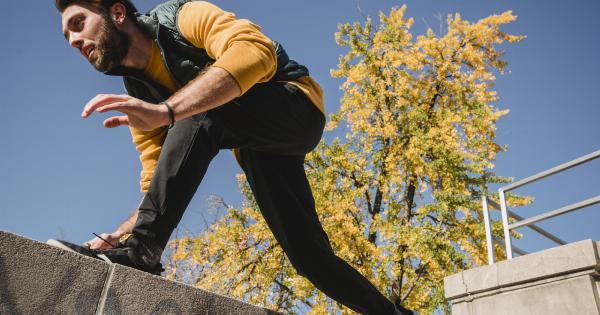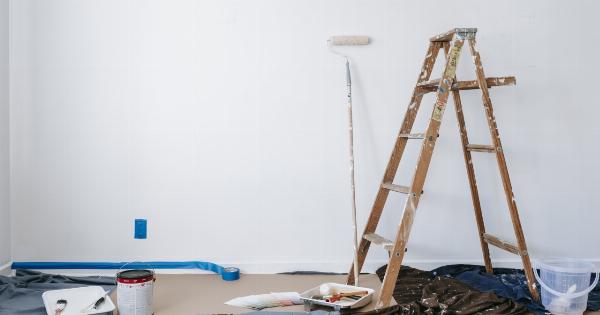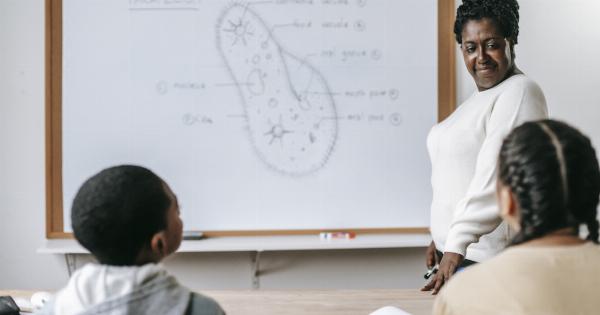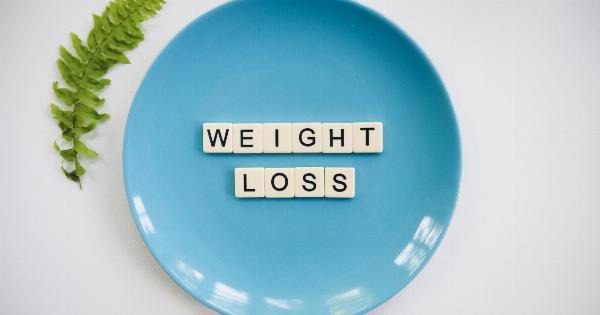Sports involve a lot of intense physical activity, which can result in pain and muscle soreness.
Although pain and muscle soreness are inevitable aspects of sports, there are techniques that can be employed to minimize their effects or relieve them completely. This article provides 30 tips for relieving pain and muscle soreness after sports.
1. Use a Foam Roller
Foam rolling is a technique that involves using a foam cylinder to massage the muscles. This helps to improve flexibility, reduce soreness, and promote healing.
Foam rolling should be done slowly and gently, and it is essential to target the areas that are most affected by soreness.
2. Stretching Exercises
Stretching is one of the easiest and most effective ways of relieving muscle soreness and pain. Stretching helps to improve flexibility and reduce muscle tension, which promotes faster healing.
It is advisable to stretch before and after sports activities to warm up and cool down, respectively.
3. Massage therapy
Massage therapy is an excellent way of relieving muscle tension and soreness. Massaging helps to increase blood circulation, which in turn improves the supply of nutrients and oxygen to the muscles, facilitating healing.
Regular massage treatments can also improve flexibility and range of motion.
4. Applying Heat Therapy
Heat therapy is an excellent way of relaxing muscles and reducing pain and stiffness. This can be achieved through the use of heat pads, hot water bottles, or warm baths.
Heat therapy works by increasing blood flow, which helps to relax the muscles and increase flexibility.
5. Cold Therapy
Cold therapy involves the application of cold compresses or ice cubes to the affected area. Cold therapy helps to reduce inflammation by constricting blood vessels. It helps to numb the area and reduce pain as well.
Cold therapy should be applied for 20 minutes at a time, with breaks in between to avoid skin damage.
6. Compression
Compression involves the use of a compression bandage or garment to apply pressure to the affected area. Compression helps to diminish swelling and inflammation. It also improves circulation to the area, promoting healing.
7. Elevation
Elevation involves raising the affected limb above the level of the heart to reduce swelling. This works by allowing gravity to help drain fluid from the affected area.
Elevation should be maintained for at least 20 minutes at a time, and the affected limb should be at a comfortable level.
8. Hydration
Hydration is vital for athletes, especially after sports activities. Drinking water helps to replenish the fluids lost during intense physical activities. This helps to prevent muscle cramps, reduce fatigue and soreness, and promote faster healing.
9. Eat a Balanced Diet
Nutrition plays a significant role in the recovery process. Eating a balanced diet that is rich in nutrients helps to promote faster healing and reduce muscle soreness.
Athletes should consume foods that are rich in protein, carbohydrates, and antioxidants to replenish depleted nutrients and promote healing.
10. Avoid Overexertion
Overexertion is one of the leading causes of pain and muscle soreness among athletes. It is essential to listen to your body and avoid overtraining.
Rest is also essential for recovery, and athletes should incorporate periods of rest between intense workouts.
11. Stay Active
Staying active is essential for maintaining flexibility and strength. Regular exercise can help to reduce muscle soreness, increase mobility, and improve range of motion.
However, it is important to strike a balance between rest and exercise to prevent overexertion.
12. Proper Technique
Using the right technique when performing sports activities can help to minimize the risk of injury and reduce muscle soreness.
Athletes should seek the guidance of a professional coach or trainer to learn proper techniques and avoid common mistakes that can lead to pain and soreness.
13. Sleep
Sleep is a vital aspect of recovery. Lack of sufficient sleep can lead to fatigue, muscle weakness, and slow recovery. Athletes should aim to get at least 7-8 hours of sleep per night to promote faster healing and reduce muscle soreness.
14. Acupuncture
Acupuncture is an ancient Chinese technique that involves the use of fine needles to stimulate specific points on the body. Acupuncture has been shown to be effective in reducing pain and muscle soreness among athletes.
15. Yoga
Yoga is a great way to stretch, relax and reduce muscle soreness. Yoga helps to promote flexibility, reduce stress, and improve overall health. Athletes can incorporate yoga into their post-workout routine to promote faster recovery.
16. TENS Therapy
Transcutaneous electrical nerve stimulation (TENS) therapy is a technique that involves the use of a TENS machine to stimulate the nerves.
TENS therapy has been shown to be effective in reducing muscle soreness and pain by stimulating the release of endorphins.
17. Topical Analgesics
Topical analgesics are creams or gels that contain pain-relieving ingredients. These can be applied to the affected area to reduce pain and soreness.
Topical analgesics work by penetrating the skin and reaching deep into the muscles to reduce inflammation and promote healing.
18. Chiropractic Care
Chiropractic care is a technique that involves the manipulation of the spine and joints to reduce pain and soreness.
Chiropractors use various techniques, including spinal adjustments, massage, and stretching, to promote faster healing and enhance overall wellness.
19. Mind-Body Techniques
Mind-body techniques like meditation, deep breathing, and visualization can be helpful in reducing stress and muscle soreness. These techniques are effective in calming the mind, reducing tension, and promoting overall relaxation.
20. Aromatherapy
Aromatherapy involves the use of essential oils to promote relaxation and reduce muscle soreness. Essential oils like lavender, peppermint, and eucalyptus have been shown to be effective in reducing pain and soreness among athletes.
21. Herbal Supplements
Herbal supplements like ginger, turmeric, and devil’s claw have been shown to be effective in reducing inflammation and promoting healing. These supplements are available in various forms, including capsules, teas, and extracts.
22. Electrolytes
Electrolytes like sodium, potassium, and magnesium are vital for athletes. These nutrients help to maintain proper fluid balance in the body and prevent muscle cramps.
Athletes can replenish electrolytes by drinking fluids and consuming foods that are rich in these nutrients.
23. Pain Medication
Pain medication like ibuprofen and acetaminophen can be helpful in reducing pain and soreness. However, it is essential to use these medications as directed, as they can have side effects if used excessively or improperly.
24. Swimming
Swimming is a low-impact activity that can be helpful in reducing muscle soreness and promoting faster recovery. Swimming helps to improve circulation and reduce tension, promoting overall relaxation and wellness.
25. Hydrotherapy
Hydrotherapy involves the use of water to promote healing and relaxation. This can be achieved through the use of hot or cold water baths, showers, or pools. Hydrotherapy helps to improve circulation, reduce inflammation, and promote faster healing.
26. PNF Stretching
PNF stretching is a technique that involves stretching and contracting the muscles to promote relaxation and improve flexibility. This technique has been shown to be effective in reducing pain and soreness among athletes.
27. Cardiovascular Exercise
Cardiovascular exercise is an excellent way to improve circulation, reduce tension, and promote overall health. Regular cardiovascular exercise can help to reduce muscle soreness and improve mobility among athletes.
28. Sports Massage
Sports massage is a technique that involves the use of massage to promote healing and reduce pain and soreness among athletes.
Sports massage can be used to target specific areas of the body, promoting flexibility, improving circulation, and reducing muscle tension.
29. Platelet-Rich Plasma (PRP) Therapy
Platelet-rich plasma (PRP) therapy is a technique that involves the injection of concentrated platelets into the affected area to promote healing. PRP therapy has been shown to be effective in reducing pain and soreness among athletes.
30. Stay Positive
Staying positive is an essential aspect of recovery. Positive thinking helps to reduce stress, anxiety, and depression, promoting overall wellness and faster healing.
Athletes should surround themselves with positive people and focus on their goals to achieve success.

